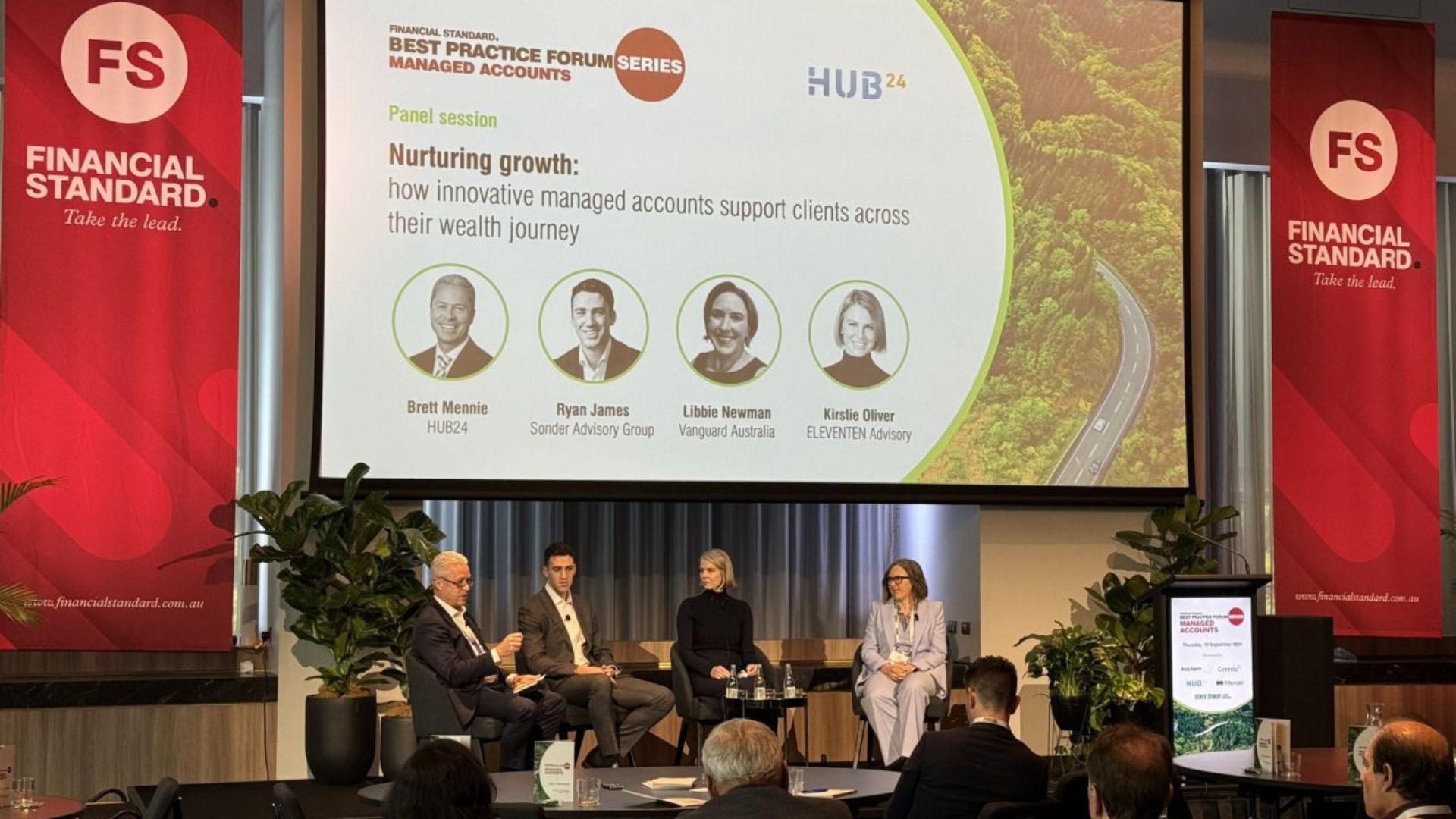Technology will increasingly become a point of differentiation between managed portfolio providers. Providing a range of new opportunities for clients and advisers – including, but not only, opening up broader opportunity sets to investors, including offshore ETFs and currencies and the creation of multi-asset portfolios, and challenging the traditional models of offshore investing through ETFs and managed funds.
The range and depth of investments available to clients through managed portfolios will increase as technology is developed to enable timely and efficient trading in offshore securities and in foreign currencies. It will also enable advisers to create deeper and more efficient portfolios spanning multiple asset classes and countries, and a wider range of securities, including derivatives.
“Managed portfolios allow us, as a global manager, to build and manage the same tax efficient, concentrated portfolio for individuals that we build for world class, multibillion dollar entities”
Doug Burton, Head of Client Relations, Asia Pacific, Southeastern Asset Management.
The advantages of accessing foreign markets are significant: exchange-traded funds (ETFs), for example, are available at a fraction of the cost of similar products in the Australian market, and tracking indexes simply not available locally.
But as technology enables even finer control of a client’s assets, the more advanced managed portfolio providers will introduce innovations like “unbundled” ETFs, in much the same way that they have already “unbundled” managed funds by allowing investors to have direct beneficial ownership in the same underlying securities – with all the recognised tax benefits that arise from the direct-ownership structure compared to a pooled portfolio approach
As an innovation based on technology, an “unbundled ETF” tracks the same market indexes as standard ETFs but mitigates some of the perceived liquidity risk. An investor holds a basket of the same stocks as the ETF, but avoids the issues faced by investors in a listed ETF if the ETF price drops for liquidity reasons rather than because of a fall in the value of the fund’s underlying securities. There is a risk when purchasing ETFs that in a severe market correct an investor may not be able to sell quickly and hence leave themselves exposed, by replicating an ETF as a managed portfolio with individual stocks this risk is somewhat mitigated.
Developments in managed portfolio functionality has evolved the types of portfolios that can be implemented as managed accounts. The most notable trend has been the growth in multi-asset portfolios. This has been coupled wit the expansion of the underlying investment vehicles model managers can use to construct portfolios, which has resulted in many managed portfolios incorporating a mix of assets including ETFs, SMAs, LICs and managed funds.




